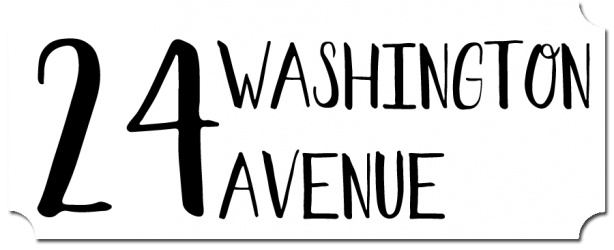When working on the mockup for my 1890s Cutaway Jacket, I found different areas that seemed to have less than clear instructions. In some cases, I had to altogether guess (using the diagram provided as guidance, though it was disconcerting when the clearly described points on my draft seemed to be completely off from the diagram!).
The areas causing difficulty were primarily the neck, shoulder, and armscye.
The complication was that with each adjustment, there seemed to be a knock-on effect elsewhere!
Taking the shoulder up would cause the neck to be smaller and the armscye to be larger.
Taking the underarm seam in caused a fold of fabric to form along the outer bust.
Finally, after weeks of manipulating, basting, fitting, un-basting, re-basting … etc., I came across an article written by Minnie Berry, titled ‘A Talk on Shirt Waists’ from the April 15, 1914 issue of “Farm, Stock and Home”.
It confirmed my observations, but offered some pretty clear troubleshooting advice.
The guidelines are appropriate, I am sure, for any type of upper garment that you need to fit – be it a bodice, shirtwaist, or jacket – and are the most comprehensive instructions I’ve read on the subject.
Do you have any bust/shoulder/arm/neck fitting tips?
See below the excerpt for a couple of additional resources that I found helpful.
[…]
If waist seems loose at the shoulder, draw up the necessary material. If tight, cut the bastings and loosen. The waist should fit smoothly and comfortably. If too snug over the bust, let out at the underarm seam. If loose at this part, tape up the front and back in equal portion, unless the fullness seems to be only on the front, in which case take up all that is necessary only on the front, at the underarm seam. If the shoulder seems long or wide over the front or back, trim the armscyes a little on the top and sides.
The neck requires careful fitting. A high collar line is best, for it makes the neck appear smaller. If neck is too low, take up on shoulder seams; If the front only is low, take up the front on shoulders only. The neck may be fitted tight and then stretched a little when collar band is added.
The armscye should not draw or bind, but keep it as small as possible. If it requires trimming, slash slightly while fitting, and trim out, when waist is removed from figured, to the size indicated by the slashes. Do not trim off too much, for an armscye too large cannot be remedied.
A couple of other resources that I found useful
Armscye, Front/Back Armscye
Sleeve Fitting for Movement – or Victorian BFFs


Hello my name is John and i’ve Been watching your video on the vintage singer sewing machine,my mother’s is the same with the foot pedal,and the bobbin string all gets tangled up she is devostaated and can’t use her machine,I would really love to hear from you for some guidence I am in Australia thanks John
Hi John!
Sorry to be so long in replying – your message had got caught up with spam comments.
Speaking of things getting caught – are you sure it’s the bobbin thread that’s getting tangled? Or is it the top spool thread that’s getting caught on the underside?
The first thing to check would be that the machine is threaded correctly on the top – including that the thread passes through the needle from the correct side. I have some machines that go from left to right, and others that go from right to left.
Also, if the tension on the upper thread is too loose, too much of it will collect on the underside – so that would be another suggestion – checking the upper thread tension.
Generally, there aren’t many adjustments that a person would make to the underside, so that’s why I’m suggesting a detailed examination of the top side.
Please let me know if I can help you troubleshoot further.
Take care!
Rebekah.